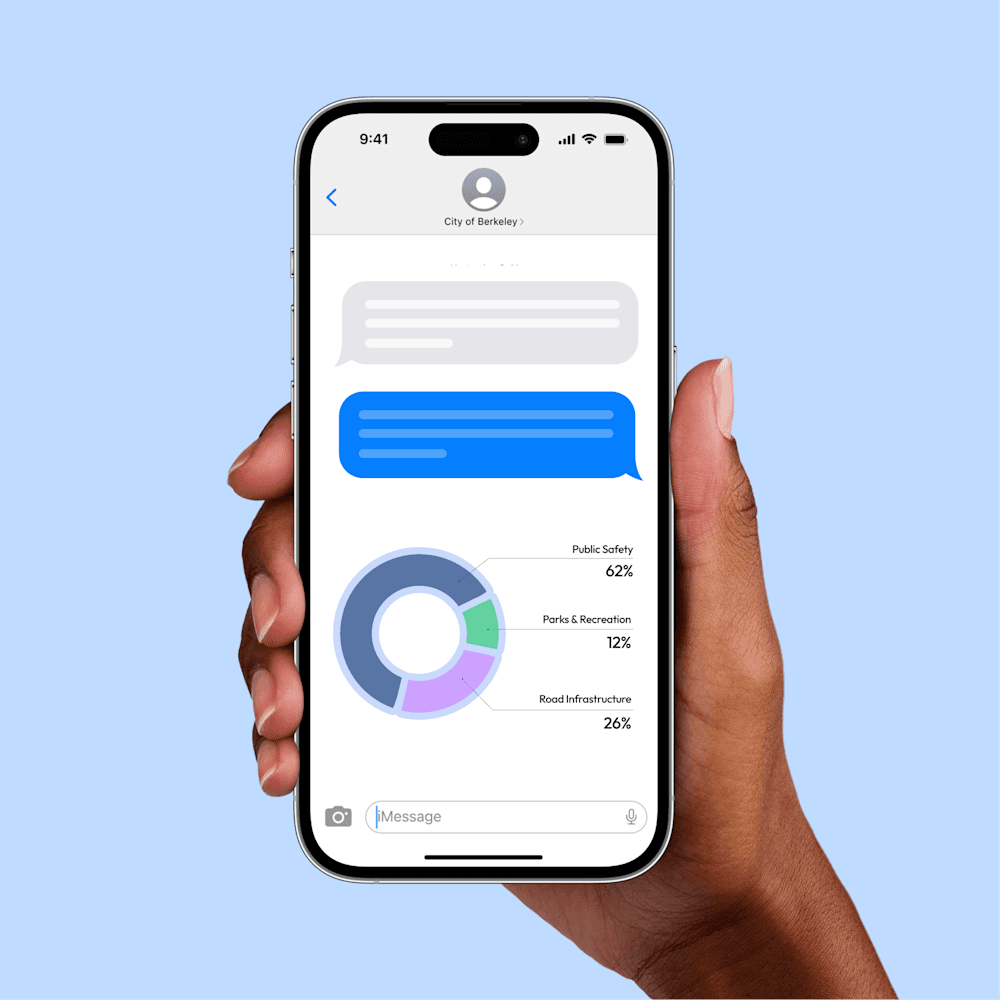What is Representative Sample?
A representative sample is a small group that accurately reflects the larger group it comes from. In other words, it’s a miniature version of the population, chosen so that the opinions, traits, or behaviors of the sample match those of the whole.
For example, if a local government wants to understand voter opinions across a city, it might run a public opinion poll. This way, officials could survey a representative sample that mirrors the city’s overall demographics, using factors like age, gender, race, income, and political affiliation.
In research, polling, and political science, representative sampling helps ensure that results are fair and reliable. If a sample doesn’t reflect the population accurately, the findings can be biased or misleading.
Common sampling methods include:
Random Sampling: Every individual has an equal chance of selection, reducing bias.
Stratified Sampling: The population is divided into subgroups (like age or region) to ensure diversity.
Cluster Sampling: Groups or clusters within a population are surveyed instead of individuals to improve efficiency.
A truly representative sample allows researchers and campaigns to measure public opinion effectively, design fairer policies, and evaluate the impact of civic initiatives. Without it, conclusions can be misleading, shaping narratives and strategies based on incomplete or biased information.

